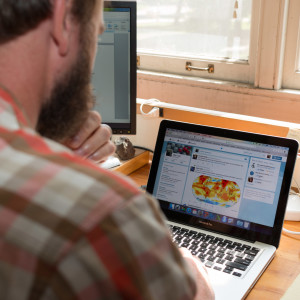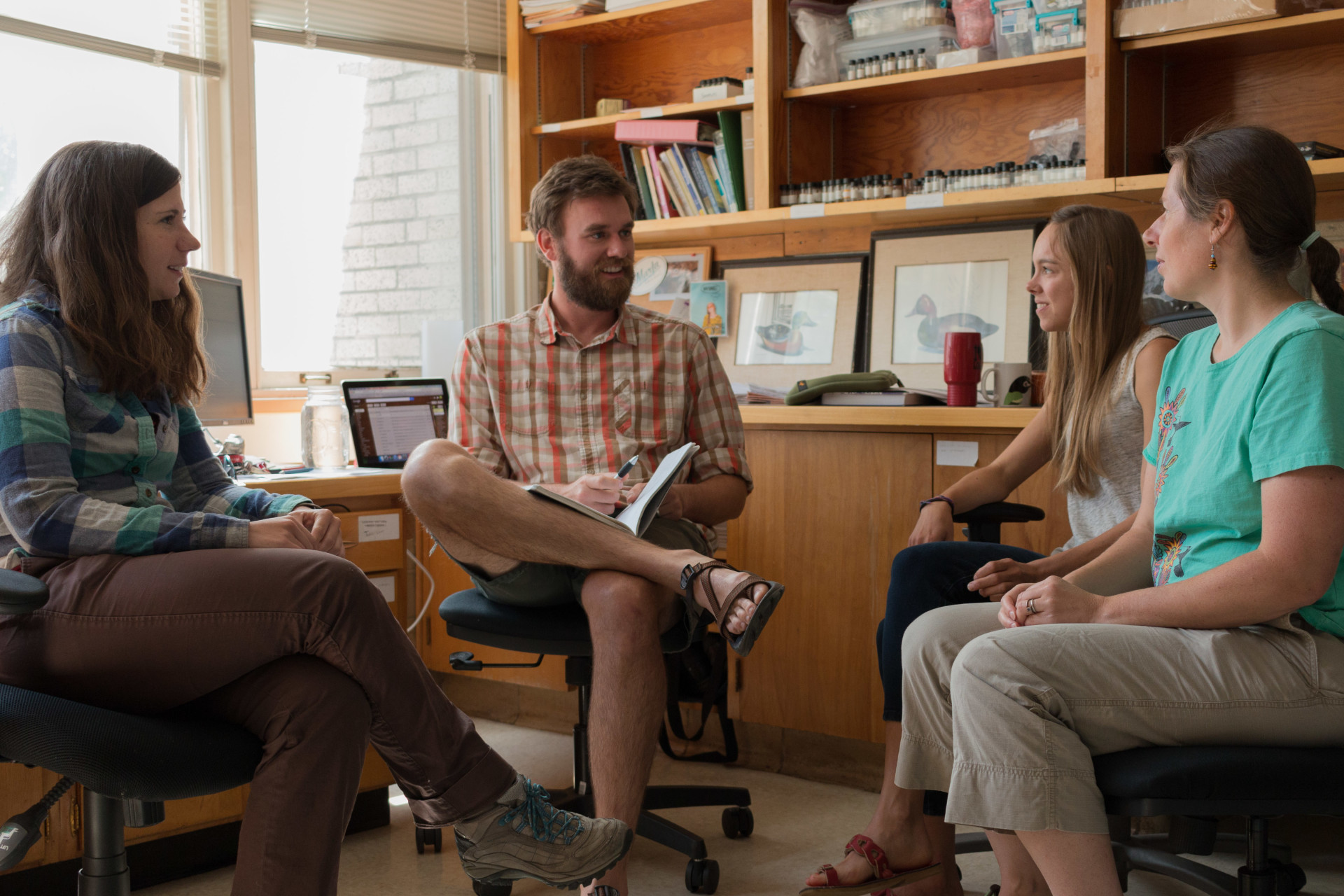Helping non-academic audiences understand scientific findings can be challenging, but researchers at Colorado State University’s Warner College of Natural Resources have put Twitter’s science communication effectiveness to the test by examining live tweets from a professional conference. The group is among the first to find that Twitter is an effective tool for communicating science beyond those who attend the conferences.
Tweets relay science to diverse audience
Researchers found that 140-character tweets relayed science to a more diverse audience beyond conference attendees, and, surprisingly — perhaps to researchers — tweets often accurately captured presenters’ intended messages. The study, “Using Twitter to communicate conservation science from a professional conference,” was published online in late August in Conservation Biology.
 The majority of the tweets, 50 percent, were from graduate students, researchers found. Nearly 70 percent of the people tweeting from the conference were from academia. Journalists, bloggers and other members of the media were responsible for about five percent of all conference tweets.
The majority of the tweets, 50 percent, were from graduate students, researchers found. Nearly 70 percent of the people tweeting from the conference were from academia. Journalists, bloggers and other members of the media were responsible for about five percent of all conference tweets.
Researchers in Liba Pejchar’s lab in the Department of Fish, Wildlife and Conservation Biology regularly share research results via @theLibaLab on Twitter. Members of the team are intrigued about the potential for using social media platforms to reach audiences who don’t read academic journals.
Increasing awareness about conservation science
“We want to increase exposure for conservation science in our lab, at CSU and beyond,” said doctoral student Travis Gallo. “Social media is a great tool for disseminating what we’re publishing for our peers in scientific journals to a much larger, more diverse audience.”
The group has become particularly interested in Twitter, after seeing how the platform is often used to present findings from scientific conferences and as a venue to promote science communication. “It is already happening there,” said Sara Bombaci, a doctoral student in the Pejchar lab. “We want to be a part of that conversation.”
Reaching a bigger audience that includes land managers and policymakers is critical to the conservation science that the lab conducts.
“A lot of the conservation issues we work on have a serious urgency to them,” said Gallo. “We want our findings to get out quickly and accurately so that our science is relevant to decision-making.”
When discussing Twitter with colleagues, lab members tended to hear concerns about accuracy, Twitter’s ability to reach target audiences, and the challenge of clearly communicating findings in 140 characters. So the group set out to measure the potential strengths and limitations of using Twitter as a tool for sharing conservation science beyond scientific meetings.
In the study, researchers compiled all live tweets from oral presentations at the 2013 International Congress for Conservation Biology in Baltimore, Maryland. They tracked who tweeted and retweets of the messages beyond the meeting. They also followed up with presenters to see whether tweets about their talks were relayed clearly and accurately. The study showed that the majority of tweets were accurate and on point.
Need to reach policymakers
However, there were important differences in the audiences the presenters hoped to reach, compared with those they actually did reach via the tweets about their research. Many conservation biologists said they hoped that their science would reach policymakers, but the group found little evidence that Twitter served this goal.
Liba Lab members said they hope that the study findings will help relieve some concerns about using Twitter to disseminate scientific results.
“We want to reach scientists who are on the fence about communicating this way,” said Gallo. “We hope that our paper will encourage folks to get on Twitter and give it a try, tag some people with similar interests and see how things can snowball. The risk is pretty low from our perspective.”
Study authors include Sara Bombaci, Cooper Farr, Travis Gallo, Anna Mangan, Lani Stinson, Monica Kaushik — former lab member now at the Nature Science Initiative — and CSU Associate Professor Liba Pejchar.
